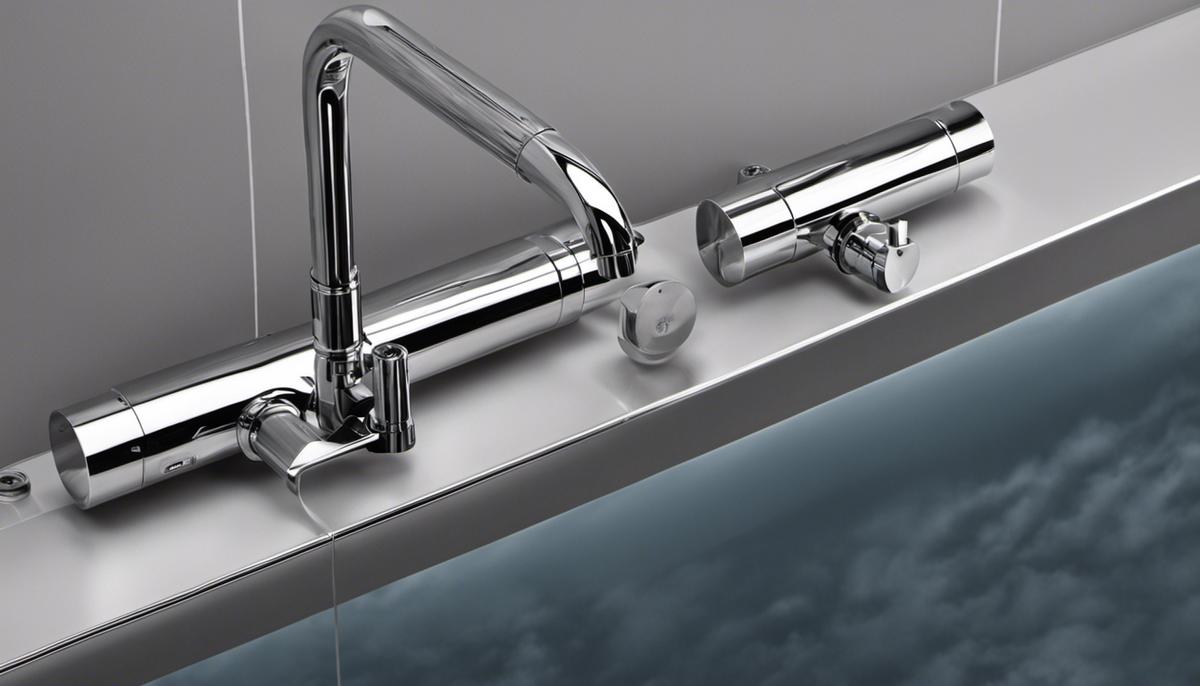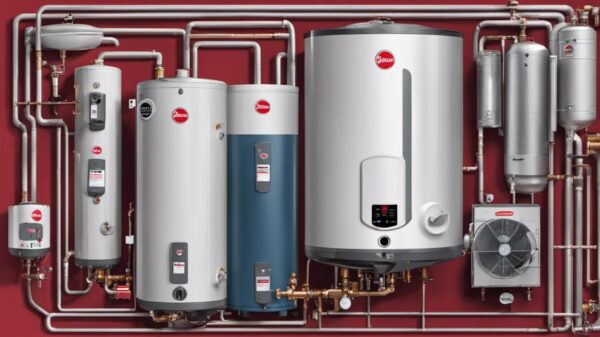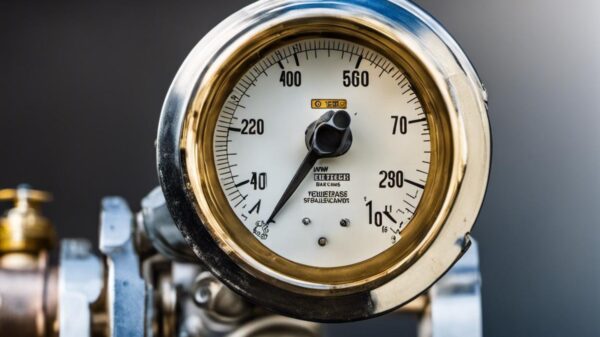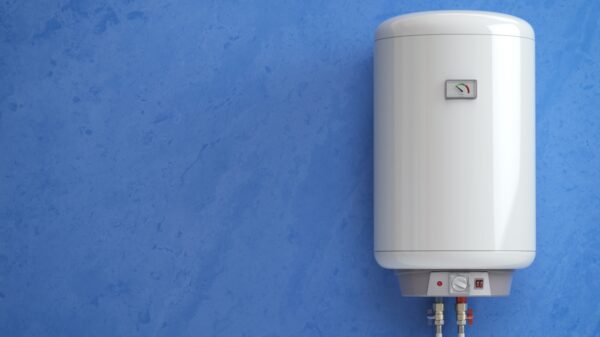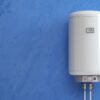Shower plumbing, though often overlooked, plays a vital role in maintaining a well-functioning bathroom. To prevent minor issues from escalating into serious problems, it’s necessary to comprehend the basics of shower plumbing, the common complications that might arise, and how to resolve them effectively.
Understanding Basic Shower Plumbing
The Fascinating Universe of Shower Plumbing: Basic Components and How they Work
Stepping into the wonderfully intriguing world of shower plumbing can truly seem like unravelling a mystical puzzle. It’s so much more than pipes and water pressure – It’s about understanding an entire system that ensures your daily showers are refreshing and comforting. Ready for the adventure? Then come along and let’s get acquainted with the basic components of shower plumbing and unveil the magic behind how they work!
First off, the life line of shower plumbing – The Water Supply Pipes. They are responsible for bringing the cold and hot water right into your shower. Mostly tucked away behind the walls, these pipes are connected to the main water supply of the home. The hot water pipe latches onto your home’s water heater, ensuring that each morning, your shower greets you with perfectly steamy water.
Then, there’s the Diverter Valve. Imagine it as the efficient traffic guard of your plumbing system. This crucial component redirects the flow of water from the bath faucet to the showerhead. Generally, you will find it on the bathtub faucet, or it might be placed between the faucet and showerhead in the case of a single-handle faucet.
Speaking of which, let’s talk a bit about the Shower Valve. It’s the one that lets you control the temperature of the water and also adjusts the water pressure. Some valves are thermostatic, maintaining the same temperature regardless of any other water usage in the house. Others are pressure-balance valves that control only the pressure.
Next up are the Showerhead and Faucet. These are parts everyone is familiar with as they have a direct connection with our showering experience. While the faucet fills up your tub, the showerhead is where the water drops out for your shower. There are several types to choose from, including rain showerheads, handheld showerheads, dual showerheads, and more. Each one delivers a unique showering experience.
Finally, we can’t overlook the Drain and its Trap. The shower drain collects the water and sends it away down the drain pipe. And that curvy piece of pipe under the shower? That’s the trap, which is vitally important as it prevents sewer gases from creeping back up. It maintains a water seal inside the pipe, creating an odor-free showering sanctuary.
Trust us when we say that understanding these fundamental components elevates you from an everyday bather to a knowledgeable bath connoisseur. As you acquaint yourself with the exquisite intricacies of shower plumbing, remember to appreciate your shower for more than just an oasis of cleanliness—it’s a marvel of modern ingenuity!
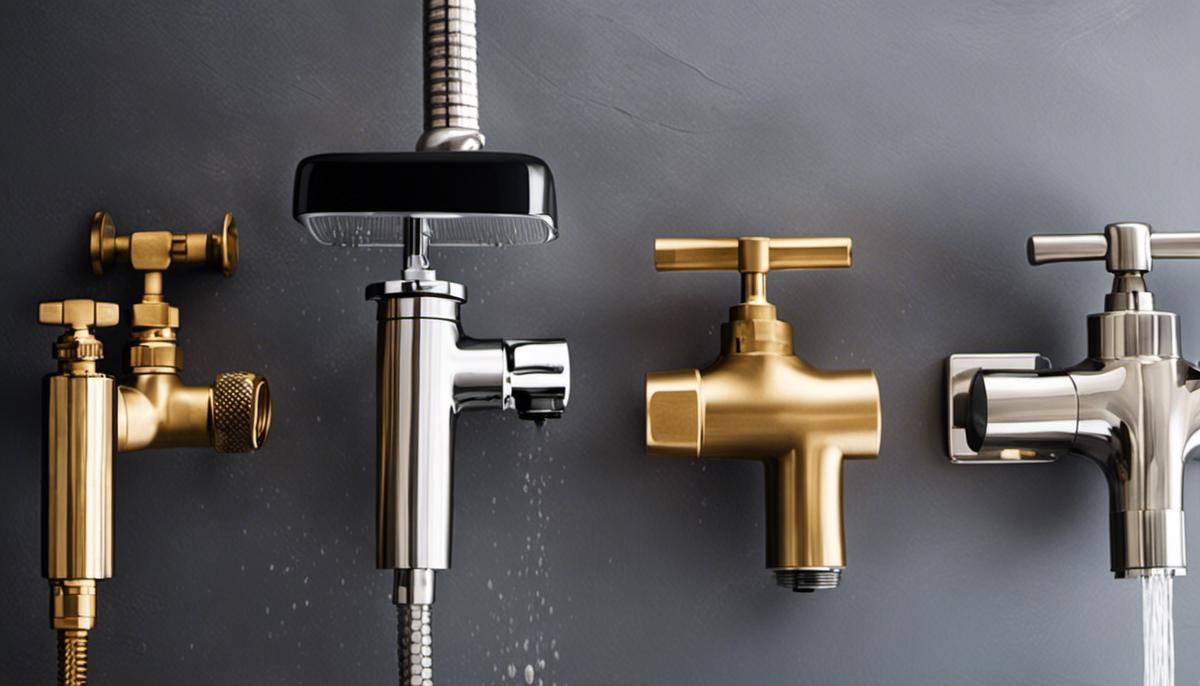
Identifying Common Shower Plumbing Issues
Unearthing and Addressing Popular Shower Plumbing Hurdles
Imagine a perfect morning rudely interrupted by a shower system not functioning as envisaged. It’s practically a nightmare! As veteran hobbyists in the realm of DIY plumbing, spotting potential issues and knowing how to tackle them can save homeowners a substantial amount of time, money, and distress. So, let’s delve into some more commonplace shower plumbing challenges that might be lurking in your bathroom.
An underlying predicament could be high water pressure. While vigorous water streams may seem like a delightful shower experience, the reality is, it gradually damages the inner-workings of the entire plumbing system, leading to leaks and short lifespan of fixtures. Professionals usually recommend a pressure between 30-50 PSI (pound-force per square inch) to avoid any hassles.
Temperature inconsistencies too, can put a damper on your daily ablutions. These might be a symptom of problems with the thermostatic valve. This could stem from grime build-up or a valve cartridge that needs replacing. Easy to neglect, yet crucial to a comfortable shower, this component maintains the water at your preferred temperature, preventing scalding hot or freezing cold surprises.
Speaking of temperature anomalies, cross-connected pipes can be notorious culprits. This happens when cold and hot water lines intersect, leading to an unexpected burst of hot water when a separate water outlet in the house is activated. Detection can be tricky, but if your warm water turns suddenly frigid when, say, a toilet is flushed, it’s time to explore this possibility.
Leaking shower pans too, cause their fair share of headaches. These watertight basins, found underneath the shower floor, deflect water towards the drain. Nevertheless, they can deteriorate over time or might not have been properly installed, resulting in leaks. Signs include water pooling around the bathroom or damp spots on the ceiling below.
Finally, a nuisance many overlook, until it’s too late, is poor ventilation. The lack of suitable ventilation can lead to excess humidity which consequently results in the growth of mold and mildew, not to mention the potential health risks posed. Proper installation of an exhaust fan remains the go-to solution here.
In summary, don’t give your plumbing a cold shoulder! Keep an eye out for these indications and tackle them head-on. Nobody appreciates a skittish shower, and with this knowledge at your fingertips, you’re all set to ensure yours runs smoothly. Happy showering and even happier DIY-ing!
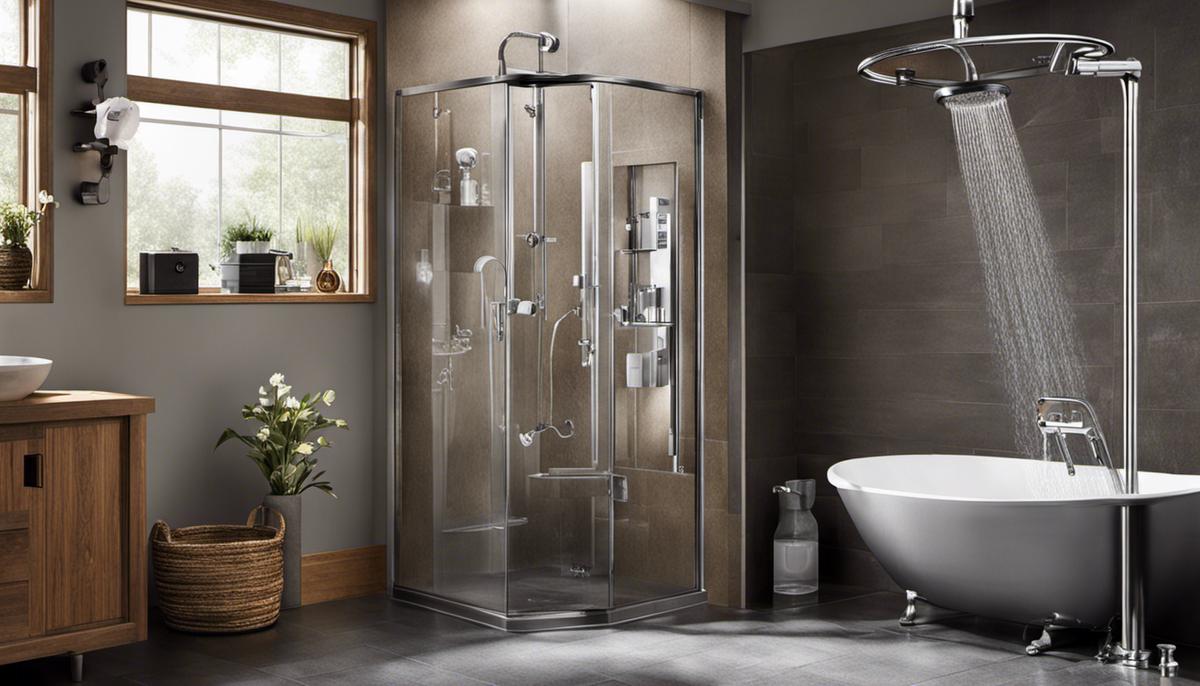
Troubleshooting and Fixing Shower Plumbing Problems
Having navigated the waters of shower plumbing complexities, including the water supply pipes, diverter valves, shower valves, showerheads, faucets, drains, and traps, now it’s time to wade into the depths of some other common shower plumbing issues. With fervor for home repair, today, we will venture into troubleshooting and fixing these common issues that truly reveal the art of plumbing.
Remember dear hobbyist, when high water pressure wreaks havoc on our plumbing system or unexpected temperature inconsistencies bewilder us, it’s time to roll up those sleeves and get to work!
Let’s start with a common issue: an inconsistent water flow. This can often be attributed to a buildup of mineral deposits, especially in homes with hard water. Simply remove the showerhead and place it in a bucket filled with a 50/50 solution of water and vinegar. Submerging it for 12 hours should dissolve the deposits and improve the water flow.
Having rectified that, let’s look at another problem: a dripping shower faucet. This could be due to a worn-out rubber washer. To address this issue, one needs to open the faucet handle and replace the faulty washer. This should stop the annoying dripping sound and also save considerable water wastage.
Next is a common plumbing concern: a running toilet. The issue is usually with the fill valve. In this case, the firkin (the large bucket-like component of the toilet tank) cannot raise its float arm high enough to stop the flow of water. All you need to do is replace the faulty fill valve with a new one. Always remember to turn off the water supply first!
Squeaky pipes can be another troubling scenario. Don’t fret! It is typically caused by the pipes not being securely fastened. If pipes vibrate against their supports when water rushes through them, they can produce a squeaking sound. Simply add additional strapping or cushioning to steady the pipes and soothe those worrisome sounds.
Running into the growth of mold and mildew, thanks to poor ventilation or a leaking shower pan? Sure, these signs of water damage can be a nightmare, but they can be addressed. Firstly, ensure that the bathroom is well-ventilated during and after showering to reduce dampness. If the issue persists, it might be time to replace the shower pan.
To spot a leaking shower pan, one needs to look for water stains underneath the bathroom area, softened floors around the shower, and dampness in the adjoining walls. Once confirmed, unfortunately, the pan will need to be replaced, which might require a helping hand from a professional.
Fixing common shower plumbing issues can be a daunting task for the uninitiated, but with careful observation, the right tools, and a dose of patience, these problems can be easily tackled. Enjoyed this guide? Stay tuned as we turn drips and drains into thrilling tutorials designed for every DIY enthusiast out there!
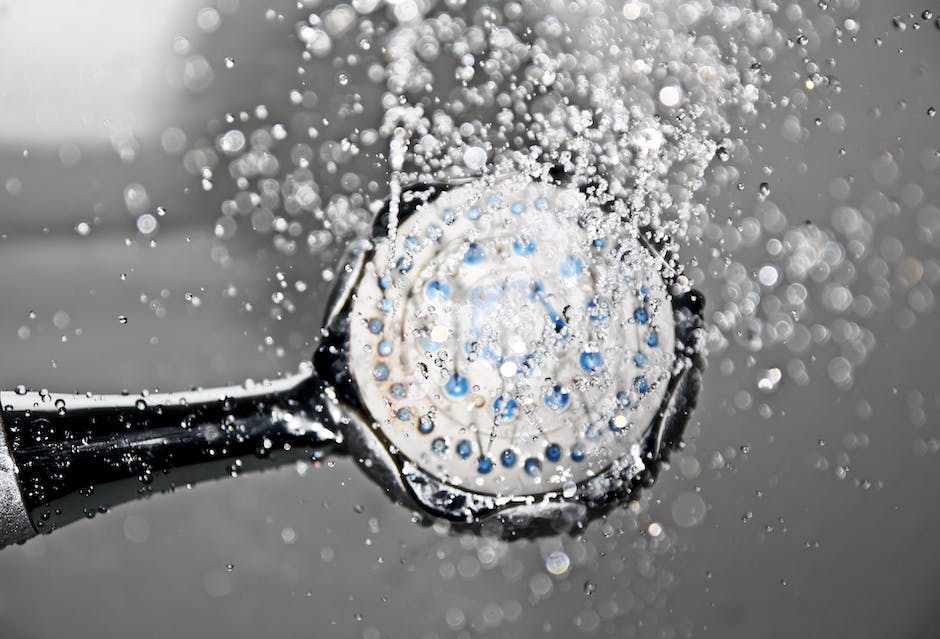
Understanding your shower system and common plumbing problems can save time, money, and prevent sizeable damage to your home. Familiarizing yourself with steps to troubleshoot and fix minor issues can be beneficial, but it’s crucial to know when professional help is needed. By taking measures to maintain your shower plumbing, you can avert potential problems and enjoy long-lasting functionality and comfort from your shower.


